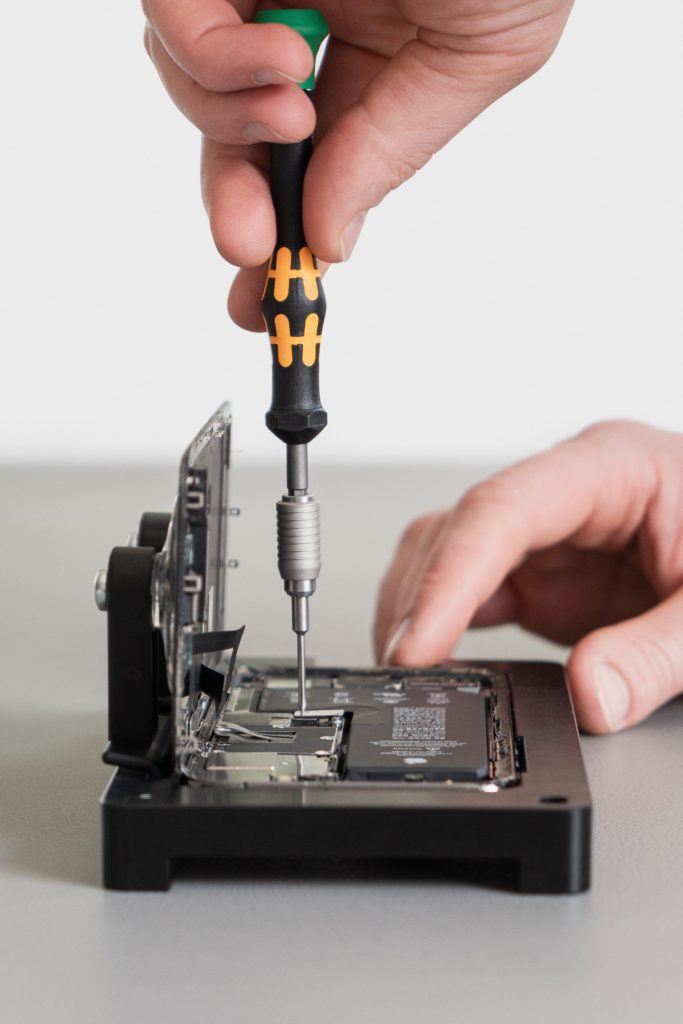In recent times, the debate over the right to repair has reached a fever pitch, and one of the key players in this arena is tech giant Apple. The Verge’s recent article on the right to repair law and its implications for Apple, penned by iFixit, delves deep into the complexities of this issue. Let’s navigate through the intricacies, examining how this movement could reshape the landscape of device ownership and maintenance.
The Apple Refurbisher’s Dilemma {#refurbishers-dilemma}
Apple refurbisher John Bumstead’s recent experience highlights the challenges faced by those in the repair community. Despite a batch of MacBooks from 2018 onwards, Bumstead encountered hurdles like “activation locks” and broken screens with proprietary technology, making the refurbishing process a complex endeavor.
Apple’s Stance: A Tale of Two Faces {#apple-stance}
The perplexity arises when we examine Apple’s dual stance on the right to repair. On one hand, the company supported a right-to-repair bill in California, emphasizing access to parts and tools. On the other, the release of the iPhone 15 revealed a device laden with software locks, discouraging independent repairs and raising questions about Apple’s commitment to repair accessibility.
The Growing Software Barriers {#software-barriers}
As the article underscores, repair professionals are grappling with an increasing number of software barriers. These barriers hinder repairs even when the hardware is in good condition, painting a challenging picture for the right-to-repair community. The stark contrast between Apple’s public support and its product decisions underscores the uphill battle for universal repair access.
Environmental Impact: A Call for Change {#environmental-impact}
Beyond the immediate concerns of repairability, the article highlights the environmental repercussions of restricted repair access. The continued difficulty and cost associated with repairs contribute to premature device replacements, resulting in increased electronic waste and carbon emissions. The article cites alarming statistics from the European Union, emphasizing the urgent need for change.
The Legislative Landscape {#legislative-landscape}
Despite recent legislative victories, including California’s Right to Repair Act, the article acknowledges the limitations of these laws. While they aim to ensure spare parts and information availability, the laws have loopholes, including limitations on eligible devices and timeframes. Industry pressure has influenced the scope and effectiveness of these regulations, prompting advocates to push for more comprehensive legislation.
Parts Pairing: A Growing Threat {#parts-pairing-threat}
The article sheds light on the emerging threat of parts pairing, a practice adopted by manufacturers to tie device functionality to in-house parts. This practice poses a significant challenge to refurbishers and independent repair professionals, limiting their ability to restore devices using harvested components from other devices. The article underscores the need for addressing this issue in future legislation.
The Path Forward: Advocacy and Change {#path-forward}
While the right-to-repair movement faces daunting challenges, the article emphasizes ongoing efforts by advocates to dismantle repair roadblocks. Legislative victories, both in the United States and Europe, are seen as steps in the right direction. The article highlights the potential impact of new EU regulations on device durability and repairability, indicating a growing momentum for change.

FAQs
- Can I repair my Apple device without voiding the warranty?
- Understanding the delicate balance between DIY repairs and warranty concerns.
- How does Apple’s repairability compare to other tech giants?
- A comparative analysis shedding light on the repair policies of leading tech companies.
- What role does legislation play in the right-to-repair movement?
- Exploring the legal battleground and how legislation shapes the landscape.
- Are there success stories of individuals challenging Apple’s repair policies?
- Inspiring stories of users pushing back against restrictive repair policies.
- How can consumers actively support the right to repair?
- Practical steps for consumers to advocate for their right to repair and influence change.









